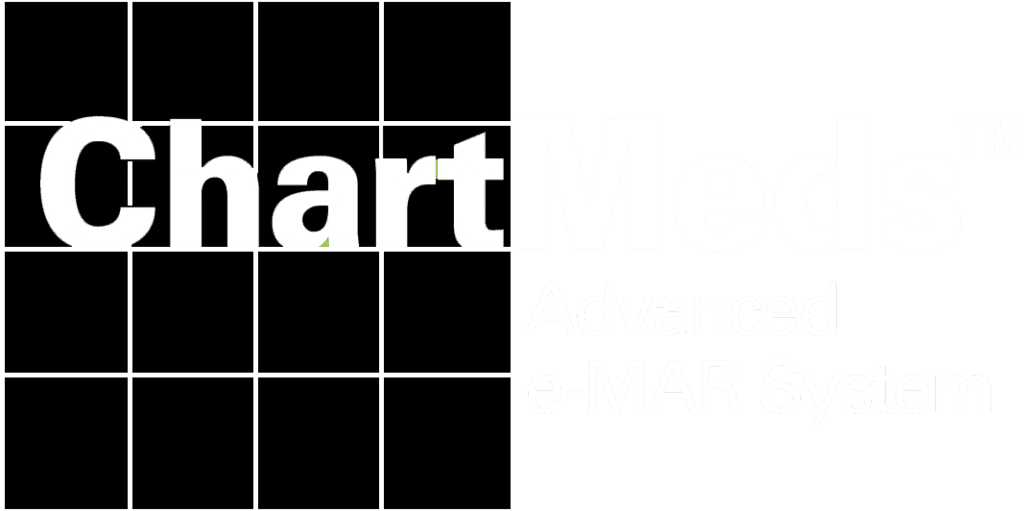Retention of personnel is a critical concern in public health services. The sector often struggles to retain its workforce due to varied challenges such as high stress levels, burnout, and bureaucratic constraints. In turn, these high turnover rates can lead to a reduced quality of care and a further strained healthcare system.
However, with strategic planning and innovative approaches, public health services can significantly improve staff retention, enhance service delivery to the community, and streamline the extensive requirements for documentation. Today, we’re going to cover some essential strategies that you can put into practice in your public health organization to help retain staff and empower them to contribute meaningfully.
Why Staff Retention Should Be a Priority
Before delving into the solutions, it is important to truly grasp the immense significance of staff retention in the healthcare sector. High turnover rates not only result in a diminished quality of care and decreased patient satisfaction but also lead to other challenges like an increased burden of documentation when bandwidth is further strained.
Furthermore, the departure of experienced staff members equates to the loss of their invaluable expertise and extensive knowledge that has been accumulated over the course of their careers. Retaining these highly skilled professionals is thus absolutely critical for upholding and preserving the unwavering standards of public health services, ensuring the well-being of countless individuals within our communities.
Ultimately, staff retention leads to greater organizational continuity and better treatment for patients. When a team of long-tenured doctors, nurses, and other clinical staff are all able to consistently work together, they are able to also provide an elevated level of care for the patients who rely on your organization’s services.
Leveraging Technology
One of the most effective strategies to enhance staff retention in healthcare is through the utilization of effective public health software solutions. These tools streamline workflows, reduce administrative burdens, and improve patient care. Let’s explore three key types of software that contribute to these improvements:
1: Electronic Health Record (EHR) System:
The Electronic Health Record (EHR) system plays a crucial role in minimizing paperwork, enhancing data accuracy, and improving patient safety. By digitizing patient information and automating clinical processes, EHRs enable healthcare professionals to access comprehensive and up-to-date patient records, leading to more informed decision-making, better care coordination, and improved patient outcomes.
EHRs also play a critical role in not only enhancing documentation but also simplifying the process. With EHRs, there is a transparent audit trail, and the software acts as a universal reference point for all involved in providing care to the patient. As a result, communication between providers and support staff is more streamlined, objective, and efficient.
2: Revenue Cycle Management (RCM) Software:
Healthcare administrators, especially ones operating in large public health systems, have to manage a great deal of financial operations that can move in any direction at a moment’s notice. For example, having to deal with billing, coding, claims, and payments could all be competing priorities within the same day and without a single reference point for financial operations, it can place unnecessary pressure on staff.
Revenue Cycle Management (RCM) software optimizes financial operations within healthcare organizations. It helps automate and streamline billing, coding, claims management, and payment processes. As a result of reducing manual errors and streamlining revenue-related tasks, RCM software enhances financial efficiency while ensuring accurate and timely reimbursement, ultimately improving financial performance for healthcare providers.
3: Enterprise Resource Planning (ERP) System:
An Enterprise Resource Planning (ERP) system is a software solution that integrates and manages various aspects of healthcare operations, such as supply chain management, inventory control, human resources, and finance. Through centralizing data and processes, healthcare organizations can achieve better resource allocation, improved cost management, enhanced overall operational efficiency, and more effective decision-making.
Prioritize Operational Efficiency Organization-Wide
Public healthcare organizations operate at the intersection of human health and well-being, making operational efficiency not just a matter of cost savings or profit maximization but a critical determinant of patient outcomes and service quality. Prioritizing operational efficiency across the entire organization ensures that the maximum value is derived from every resource, be it human, financial, or material.
Operational efficiency, when embedded throughout an organization, means that administrative staff can handle patient records, billing, and scheduling with minimal errors and delays, which in turn ensures that patients receive timely and accurate care. Doctors and nurses, for their part, can focus more on patient care rather than administrative tasks, thereby maximizing their productivity and ensuring better patient outcomes.
Software solutions play an integral role in achieving this holistic efficiency. As an example, an EHR (Electronic Health Records) system can help streamline patient information management. A well-integrated EHR system can reduce redundancies, ensure real-time data access for caregivers, and enhance collaboration among healthcare professionals. This translates into quicker diagnoses, efficient patient management, and a reduced margin for error, improving both care quality and patient safety.
Providing Continuous Training and Development Opportunities
Another significant method to improve staff retention is investing in continuous training and development opportunities. By offering regular upskilling programs and encouraging further education, public health services demonstrate their commitment to their staff’s career growth. This fosters a sense of value among the workforce, leading to increased job satisfaction and loyalty.
Providing comprehensive mentorship programs can also greatly contribute to the professional growth and retention of healthcare professionals. Pairing experienced mentors with aspiring individuals creates an invaluable knowledge-sharing environment, where expertise can be passed down and new ideas can flourish. This not only enhances the skills and knowledge of the mentees but also allows the mentors to refine their leadership and coaching abilities.
Lastly, establishing a culture of learning and collaboration within the organization can have a profound impact on staff retention. Encouraging healthcare professionals to engage in continuous learning, such as attending conferences, workshops, and webinars, not only expands their knowledge base but also keeps them updated with the latest advancements in their field.
Encouraging Employee Engagement
Employee engagement involves more than just job satisfaction and is directly linked to staff retention. Regular feedback sessions, open communication channels, and recognition for their hard work are some approaches to increase employee engagement.
Additionally, involving staff in decision making can empower them, making them feel part of the greater organizational goals. Creating opportunities for staff to contribute their ideas, participate in quality improvement initiatives, and be involved in decision-making processes can establish a sense of ownership and commitment to the organization.
Implementing Competitive Compensation Packages
Offering competitive compensation packages is an essential aspect of staff retention. While public health services may not always compete with the private sector in terms of monetary rewards, they can introduce benefits such as comprehensive health insurance, retirement plans, flexible work schedules, and professional development funds.
Some public health organizations also decide to reallocate a portion of leftover budget as retention incentive bonuses for their staff. These bonuses, while maybe not always consistent or something that can be guaranteed, can help encourage employees to remain with your organization and continue to contribute at a high level. If you decide to implement this method of additional compensation, work with your finance department to forecast when a retention incentive might be possible and how much could be allocated for this.
Promoting Work-Life Balance
Achieving work-life balance is crucial for the well-being of healthcare professionals and can contribute to staff retention. Moreover, offering support programs such as employee assistance programs (EAPs) and wellness initiatives can assist healthcare professionals in managing stress and maintaining a healthy work-life integration.
Encourage employees to use the paid time off (PTO) that they are allotted as part of their job. When staff members have had a moment to relax, recharge, and refocus, they can return to their usual routine with a refreshed energy and ready to continue providing excellent care to patients.
Unlock Better Staff Retention Potential with Integrative
At Integrative, we supply public health organizations with innovative EHR, ERP, and RCM software solutions designed to help improve operational efficiency and take the tediousness out of recurring administrative tasks. Our goal is to not only help your patients receive better care, but to help your staff feel empowered and not burdened.
To learn more, request a demo with our team today.
